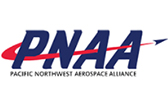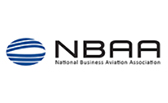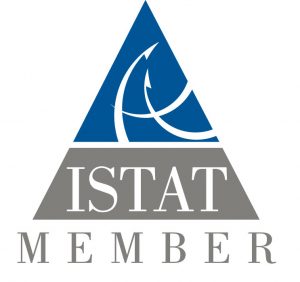OUR MISSION
Aero Law Group’s mission is to provide the highest quality transactional legal services to airlines and aircraft owners..
OUR TEAM
Aero Law Group employees have a wealth of experience in the aviation industry beyond the field of law, including the negotiation…
OUR LOCATION
Aero Law Group is located in the Pacific Northwest, an area with a deep tradition in the aerospace industry…
ABOUT AERO LAW GROUP
Aero Law Group’s aviation practice includes the representation of both emerging and established commercial airlines, emerging-growth companies focusing on aviation, some of the nation’s largest investment banks and bankers in their aircraft and airline investments, and individuals and companies in domestic and international transactions involving the sale, lease, exchange and financing of commercial and business aircraft.
Read More






